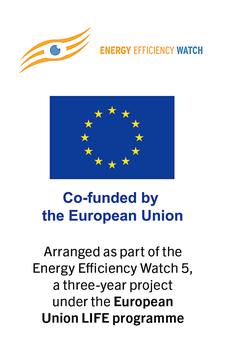Search eceee proceedings
Analysis of heat pump integration into drying process for decarbonization in industry
Panel: 4. Technology, products and systems
This is a peer-reviewed paper.
Authors:
Takenobu Kaida, CRIEPI, Japan
Yannick Beucher, EDF, France
Florence de Carlan, EDF, France
Jean-Marie Fourmigué, EDF, France
Abstract
Heat pump is one of the key technologies for decarbonization in industry. A large part of the final energy used for industrial thermal purposes is wasted through heat losses. Heat pump can recover the waste heat and convert it into useful heat by adding relatively small amounts of electric power. When the power derives from low carbon electricity, heat pump has two positive coupled effects: energy saving and CO2 emissions reduction. Among various industrial heating processes, drying is a highly energy-intensive process. Some estimations have reported that drying process accounts for 10–25 % of total industrial energy consumption in most developed countries. Currently, however, waste heat recovery from drying process is still limited to air preheating by heat exchangers. Heat pump can valorize more waste heat and lift up the decreased temperature to the temperature required by the drying process. The recent availability on the market of high temperature heat pumps (>100 °C) allows to consider heat pumping technology for a wide range of dryer applications.
This paper focuses on drying process as a typical example of decarbonization in industry by waste heat recovery with heat pumps. As the heat pump supply temperature increases, the applicable process range expands, but the coefficient of performance (COP) decreases because of larger temperature lift. Hence it is necessary to design the heat pump integration at an appropriate heat pump supply temperature. Using a simple thermodynamic modelling of heat pump integration into drying process, the optimum heat pump supply temperature is identified, and the heat pump contribution to decarbonization is estimated as well as the contribution to energy saving and energy cost reduction for three different assumed cases for the surrounding energy system: EU average conditions, France and Japan. As a result, it is found that the energy cost reduction effect is maximized when the heat pump supply temperature is set around 130 °C in EU and in Japan, and the optimum temperature is around 170 °C in France. In this case, the CO2 emissions reduction is estimated to be 50 % in Japan, 60 % in EU and 95 % in France compared to existing natural gas fired steam boiler system.
Downloads
Download this presentation as pdf: 4-156-20_Kaida_pre.pdf
Download this paper as pdf: 4-156-20_Kaida.pdf














